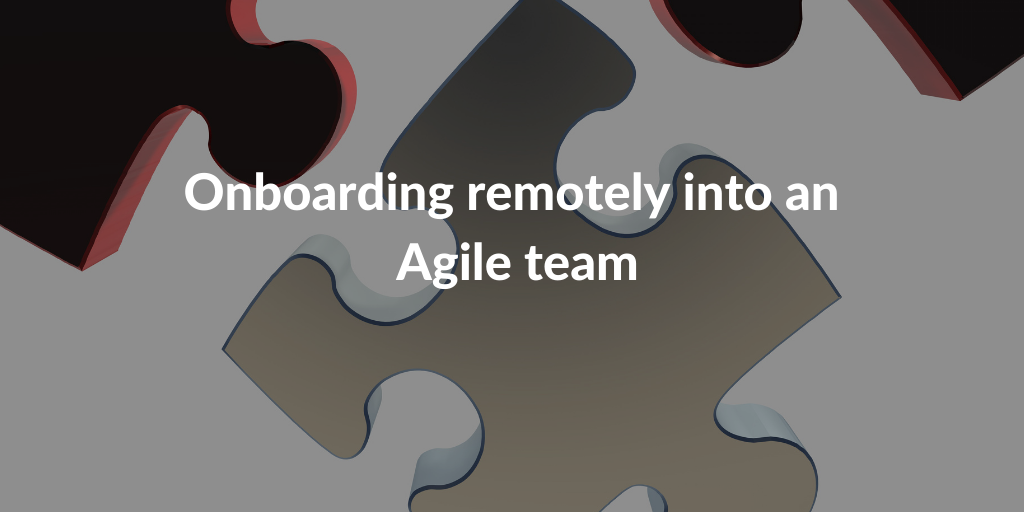The current crisis has helped us appreciate the skills and flexibility of great staff. To pivot and adapt to a changing environment is crucially important in this difficult time. So, what happens when you bring new staff into your team, either through recruitment or by moving them from another part of the organisation? How long does it take to get them up to speed? How quickly can they adapt to the agile way of working?
Onboarding
Onboarding is the term used to describe new employees joining and integrating into an organisation or team. Onboarding isn’t just about induction and orientation it’s about how you manage the whole process of embedding new staff from the interview to the point at which they’re truly part of the team. It is about them moving from being outsiders to being insiders.
Because agile teams are autonomous, cross-functional and self-improving, newcomers into agile environments can face challenges in becoming fully integrated. Agile team members are expected to manage their own tasks and often take on several different roles. In project teams the work each team member does might differ substantially from day to day. Established team members often know each other very well and are confident of their own skills. All these factors can make it difficult for newcomers to join in.
We found from our research with a co-located team that agile techniques as well as more traditional approaches can help with onboarding. Traditional onboarding includes running an induction programme, providing a new staff pack, offering formal training, and allocating a mentor. The table below shows some of the agile-related techniques used by the agile software development team we researched. These complemented the traditional techniques they also used. This team changed regularly and frequently had to onboard new members of staff.
Three techniques to help with onboarding onto an Agile team:
Pairing
Pairing involves two people working synchronously on one task. Pair programming is commonly used in IT teams, but pairing can be used for all types of work and is a great way of exchanging knowledge. Usually one person deals with the detail while the other thinks more strategically and every now and then they swap roles. In newcomer pairing, try pairing your newbie with an experienced member of staff for the first few weeks. During this time the newcomer will pick up lots of formal and informal knowledge. Although it is not possible for the two to swap roles, the newcomer will gradually become more independent. If a new staff member starts while the team is working remotely, pairing can be a particularly useful way to help the newcomer stay connected while learning their new role.
Small tasks
Give your newcomer small tasks that they can complete in a day and vary the type of tasks you give them in the first few weeks. They’ll get a sense of progress from regularly completing tasks and get used to delivering chunks of work in short time periods. As a result, they’ll be able to contribute to daily stand-ups immediately and learn from regular feedback. While working remotely, getting feedback is particularly important for new team members. Doubts can quickly set in without it.
Signal availability
At various points in the day an agile team may work together in small groups or as a whole team to solve a problem. At other times individuals need to have uninterrupted time to concentrate on completing a task. Find a way for team members to signal their availability throughout the day so newcomers can understand who can be interrupted and who prefers to focus on their own work. This is particularly important when working online. Use an ‘available to be interrupted’ signal in your virtual environment so everyone in the team knows who they can ask for help. For instance, in Microsoft Teams you can set your status to ‘Available’ or ‘Do not disturb’ as an indicator.
Finally, don’t forget the social aspect of being in a team. Having a coffee break together – either virtually or in person – and getting to know your new team member informally is important too. Agile working is about people and culture as much as processes and practices, so spending time welcoming and getting to know newcomers is time well spent.
This article was originally published in June 2020 and reproduces by kind permission of the Agile Business Consortium.








